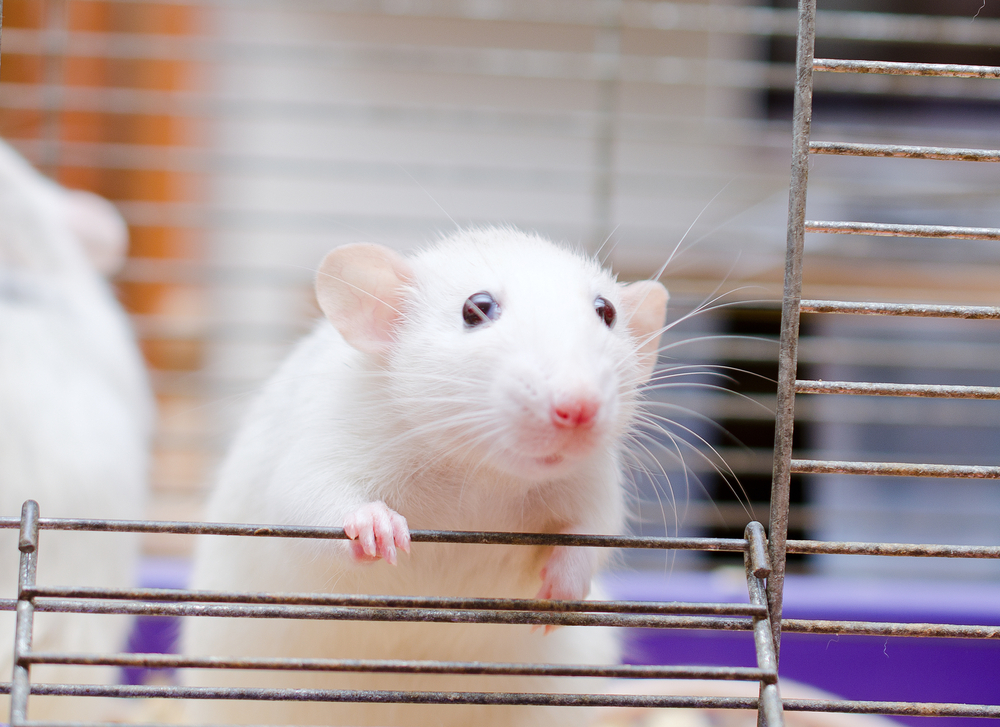Long-term Oxygen Therapy May Not Be Good for Idiopathic PAH, Rat Study Suggests

Long-term oxygen therapy had a damaging effect on rats with induced idiopathic pulmonary arterial hypertension (PAH), leading to poorer outcomes and reduced survival rates.
That finding was reported in the study “Oxygen therapy may worsen the survival rate in rats with monocrotaline-induced pulmonary arterial hypertension,” and published in the journal PLOS One.
Vasodilators and anticoagulants are medical therapies commonly used to manage PAH. In cases of very low blood levels of oxygen, current guidelines recommend the use of supplemental oxygen therapy. This alternative treatment strategy is based on studies demonstrating the long-term benefits of oxygen therapy in patients with chronic obstructive pulmonary disease (COPD).
Results of the observational study REVEAL (NCT00370214) showed that oxygen use was associated with a higher likelihood of survival in PAH patients with severely reduced capacity of gas exchange in the lungs (diffusing capacity of lung carbon monoxide, or DLCO).
However, the available data is still controversial, and the effects and potential benefits of supplemental oxygen in PAH patients has not yet been fully understood and demonstrated.
In this study, Japanese researchers explored oxygen therapy’s effects on rats with chemically induced PAH. The animals were randomly separated to receive or discontinue oxygen therapy for four days. Rats that did not receive the treatment were housed in normal air environment with 21% oxygen, and the other group was in a 90% oxygen environment.
Interested in PH research? Check out our forums and join the conversation!
After induction of PAH, rats showed decreased oxygen saturation, which was immediately stabilized by oxygen therapy and remained above 95%. In the non-treated group, oxygen saturation was significantly lower and below 95% during the same period of time.
No differences were reported in respiratory rates between the groups, but the heart rate was lower in the oxygen-treated animals by the end of the treatment.
Despite these positive results, survival rates in the oxygen-treated group were significantly lower than in untreated animals, with eight of the nine treated rats dying during the study period, compared to only one in the control group.
Analysis of the pulmonary arteries showed that the animals treated with oxygen had much thicker arteries than those not treated.
Furthermore, evaluation of heart tissue revealed that cardiac cells were bigger and had increased numbers of infiltrated immune cells in the right ventricle of rats exposed to oxygen therapy. These results suggest that chronic oxygen therapy worsen cardiac inflammatory status in PAH rats.
Collectively, these results suggest that although some studies have demonstrated the benefits of oxygen therapy in COPD, its effects “could depend on the pathogenesis [underlying mechanism] of pulmonary arterial hypertension,” the researchers wrote.
Although this study showed that “oxygen therapy rapidly improves arterial oxygen saturation in idiopathic PAH,” its chronic use “worsens the survival rate and may induce histological [tissue] changes,” they concluded.
Still, additional studies with more data and a large sample size are needed to fully explore the impact of long-term oxygen therapy in idiopathic PAH, the researchers noted.







